Auto Italia: Our Top Alfa Romeos
There is perhaps no marque so dear to car enthusiasts as Alfa Romeo. Some say that owning one is the mark of a true driver; for others, the experience of looking after and maintaining an Alfa is a love story with more twists and turns than a Shakespeare play. Despite all that, however, you just can’t deny the magic of these Italian classics, so we thought we'd round up some of our favourites.


Giulietta Spider

There is a strong argument to say that the Giulietta Spider is the purest expression of Italian motoring there is. Debuting at the Turin Motor Show in 1954, the original Bertone-designed Giulietta was a game changing car for Alfa Romeo, who were better known for their racing cars and expensive luxury tourers.


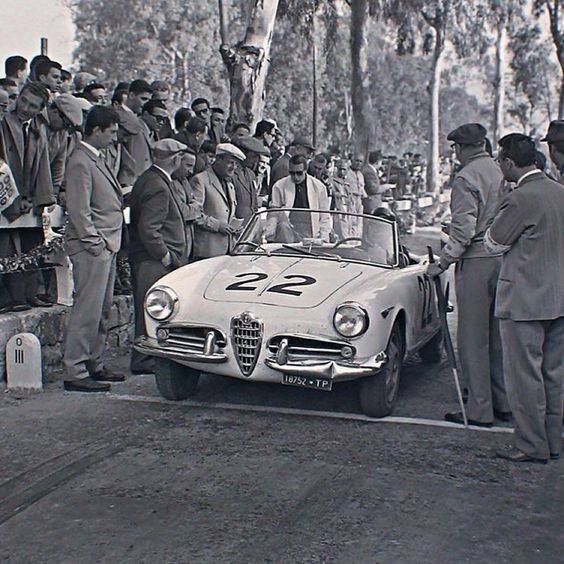
Credit: Museo Storico Alfa Romeo // unknown
Powered by an alloy block twin cam straight-four, and boasting monocoque construction with coil-spring suspension and rear-wheel drive, the Giulietta was a lively, comfortable and attractive car which immediately caught the attention of the public. The Spider, with bodywork designed by Pininfarina, took all these elements and added the romance of the open air. At the time, Autocar declared that there was ‘no more desirable small sports car’ - and many would agree to this day.
Montreal


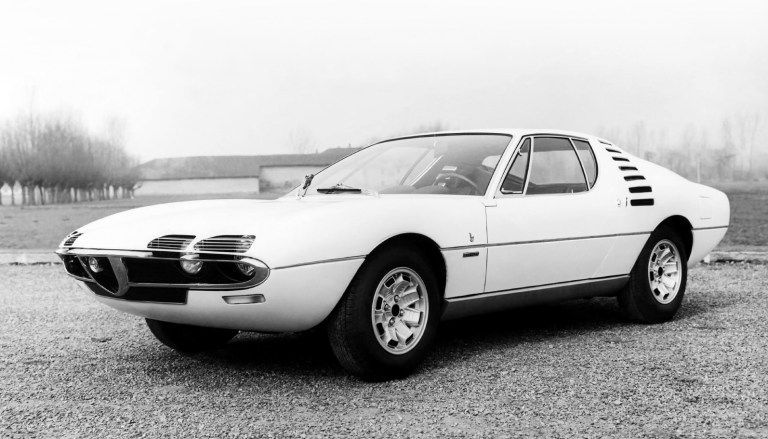
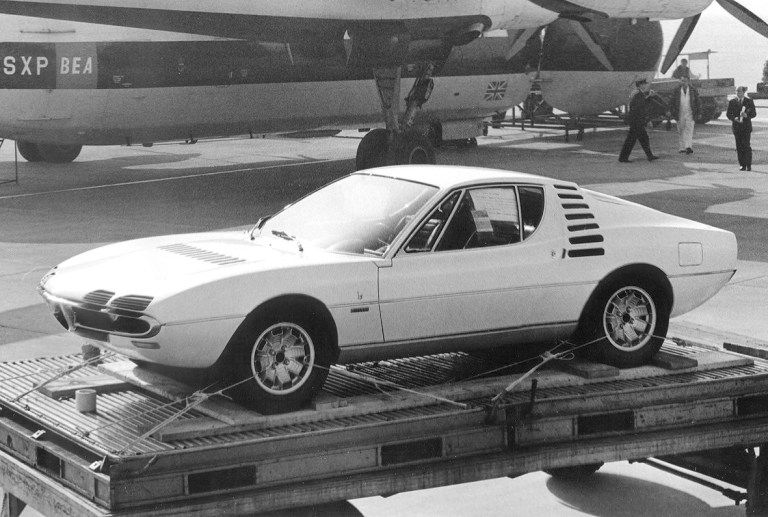
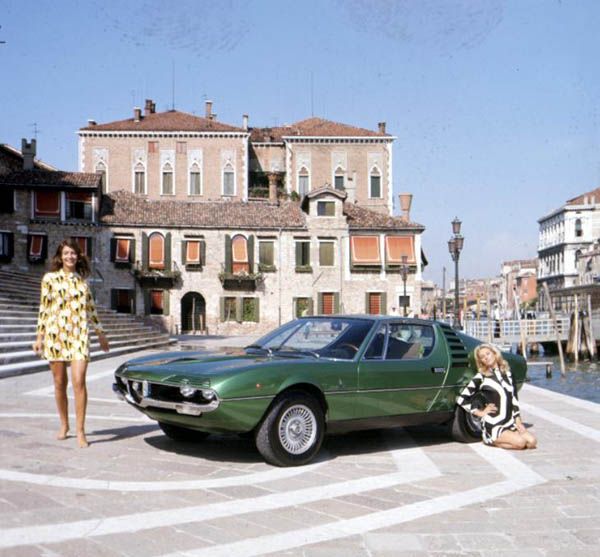
Credit: Museo Storico Alfa Romeo // Diario Motor // unknown
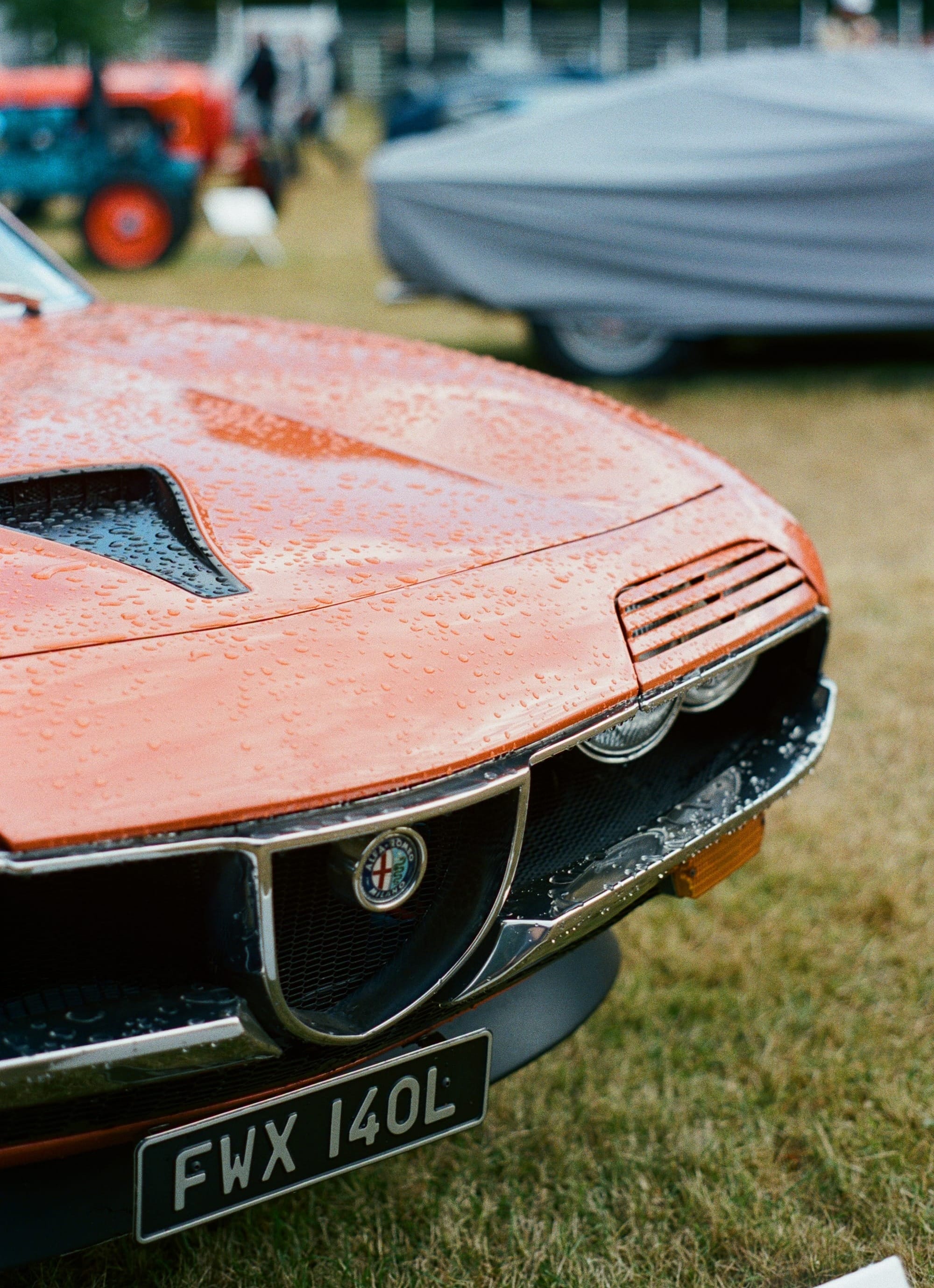
Revealed to the public at Expo ‘67 in Montreal, Quebec, the Alfa Romeo Montreal concept car was designed by a young Marcello Gandini at Bertone. By 1970, when the car entered production, a number of things had changed - including the replacement of the original 1600 twin-cam engine with a cross-plane 2l V8 closely related to that of the Tipo 33 sports prototype, which had taken class wins at the Targa Florio, Daytona and Le Mans.

A futuristic, space-age bruiser with lines descended from the Lamborghini Miura (and about as practical as the supercars it imitated), the Montreal was not the most convenient of cars to drive. It did however sound glorious and look the part, and despite slow sales at the time, is now a much-loved sight at historic Alfa Romeo meets.
Giulia TZ


Alfa Romeos often combine racing performance with magnificent looks. One of the best examples of this is the 1963 Giulia TZ. Combining a nickel-chrome tubular chassis by SAI Ambrosini with a body by Zagato and other parts from the Giulia TI, the TZ was assembled by Autodelta of Milan and intended to be a GT racer.
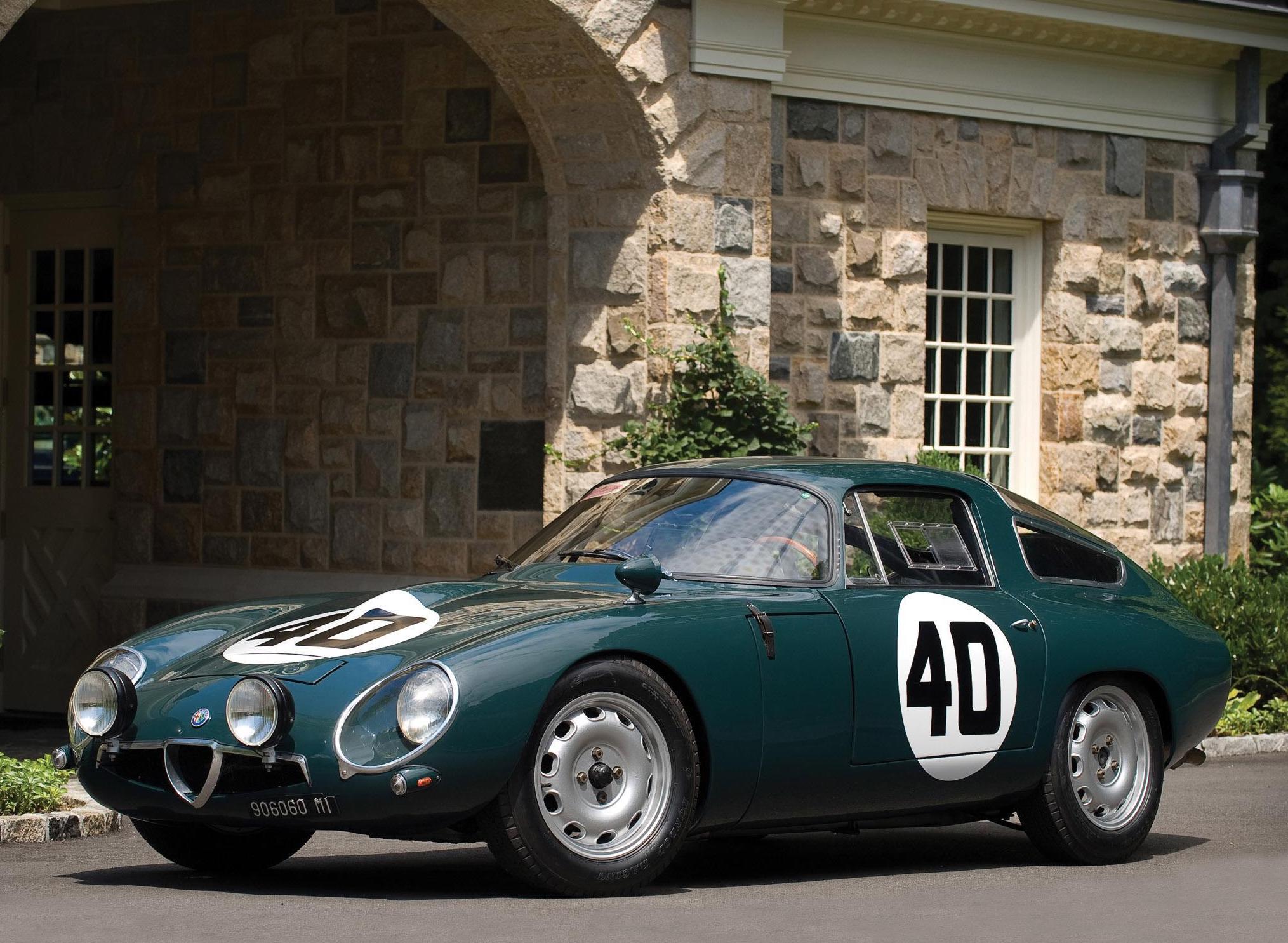
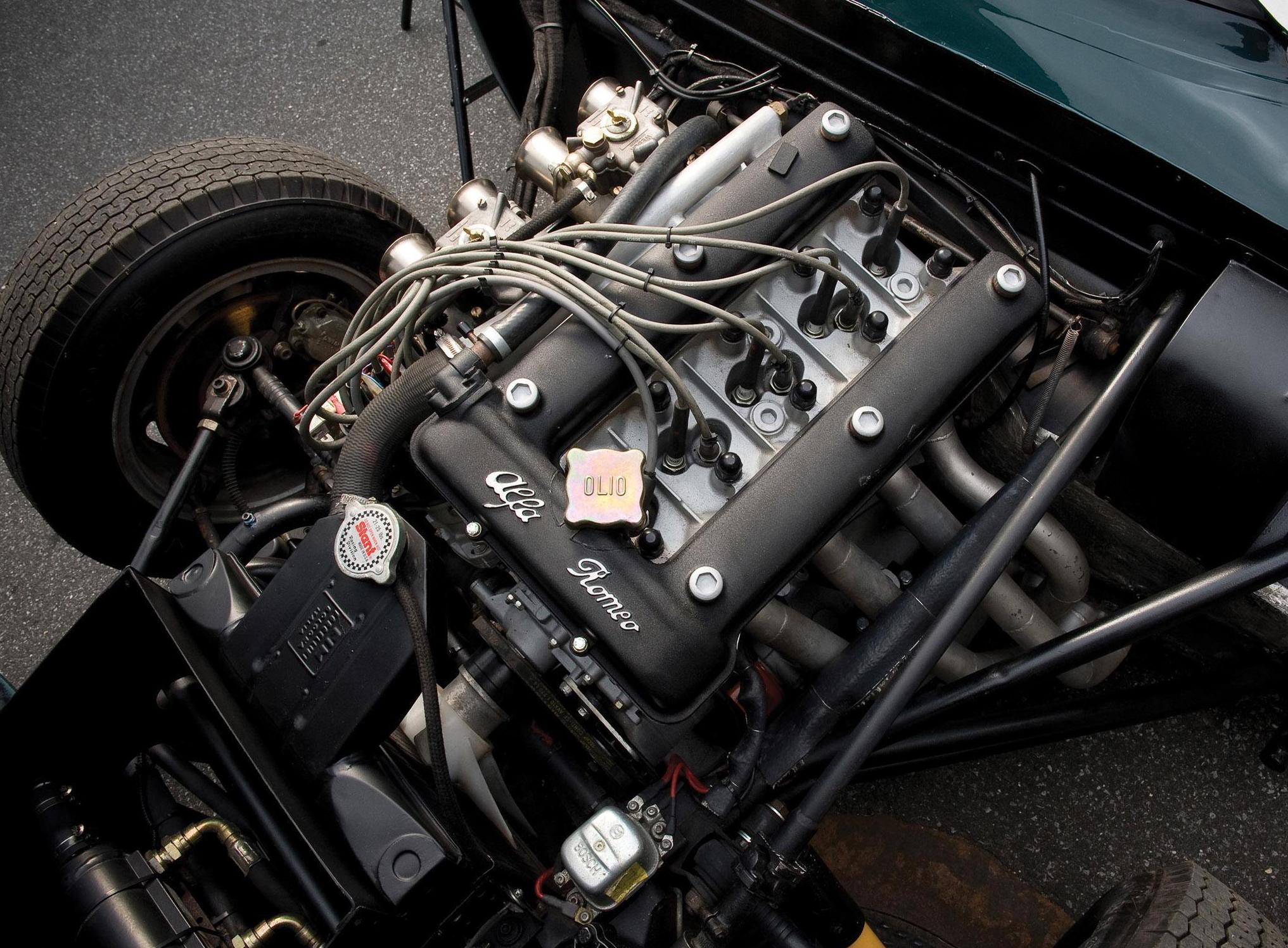

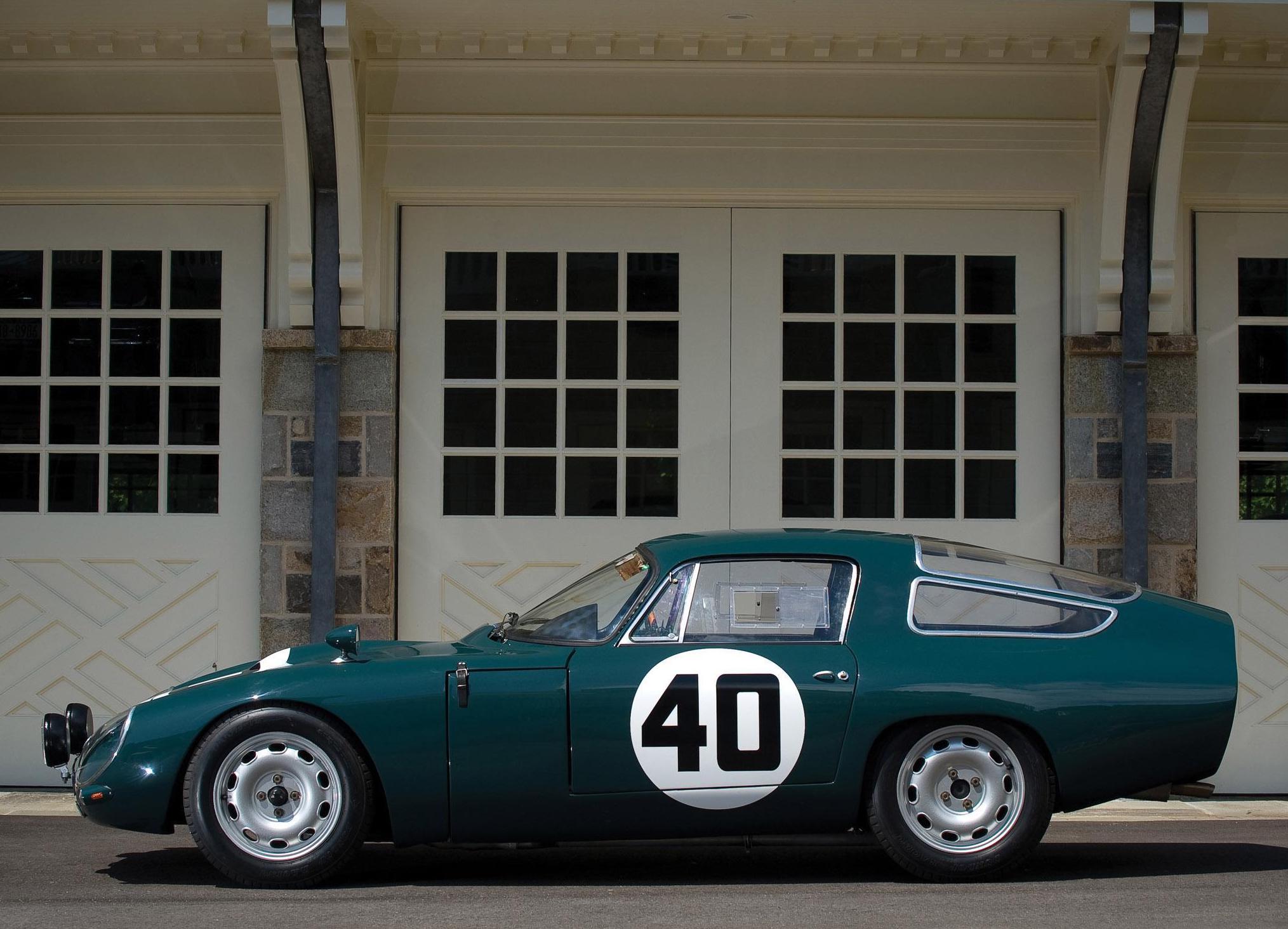

Source: Mad 4 Wheels
The engine from the Giulia TI was upgraded with two twin-barrel Weber carburettors, and to aid performance, the bodywork made use of a coda tronca (‘short tail’) for maximum drag reduction. With success in prototype racing, the TZ was homologated in 1964 and an updated ‘TZ-2’ racing variant was introduced in the same year, with a streamlined fibreglass body, plexiglass windows and a more powerful engine. If you’re looking for the archetype of a 1960s road racer - look no further.
Giulia GTA
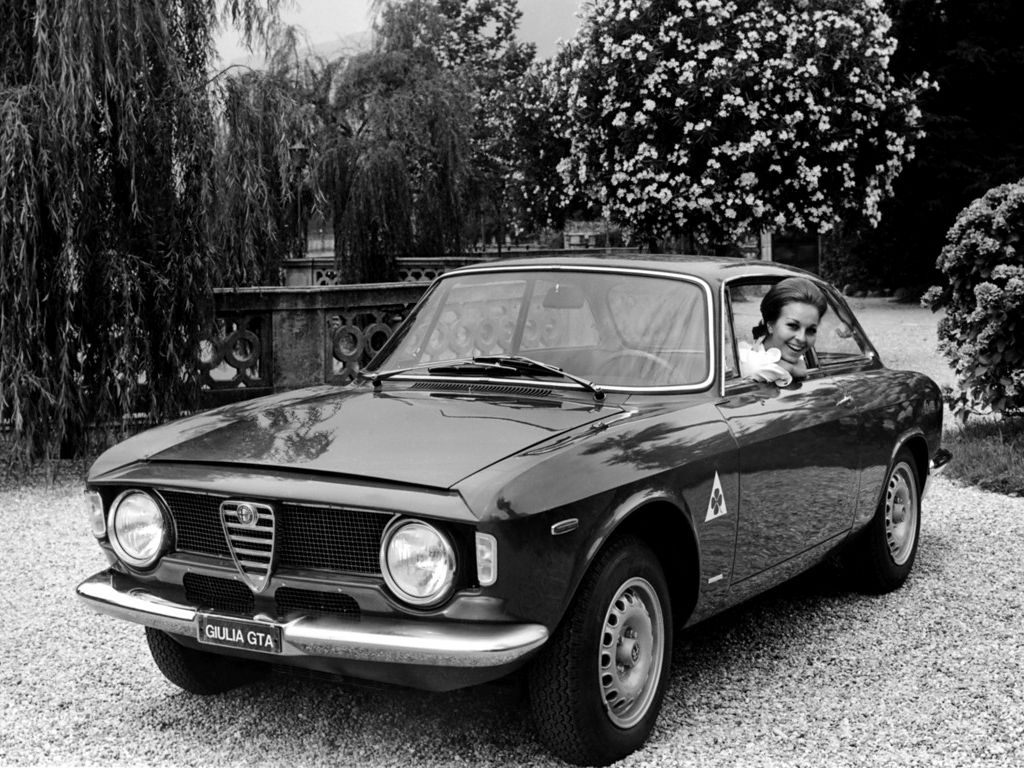
The successor to the wildly popular 1954-1965 Giulietta model was the Giulia, known internally as the Series 105. As Alfa Romeo continued to participate in motorsport, it took the higher performing road 105 models, such as the Sprint GT, and developed them further for track use. The GTA (for ‘Alleggerita’, i.e. ‘lightweight’) was developed by Autodelta and came with a host of fancy upgrades and reworkings of the base car - magnesium alloy wheels, disc brakes, plexiglass windows, lightweight trim, and a double ignition cylinder head with Weber carburettors and a Marelli distributor.
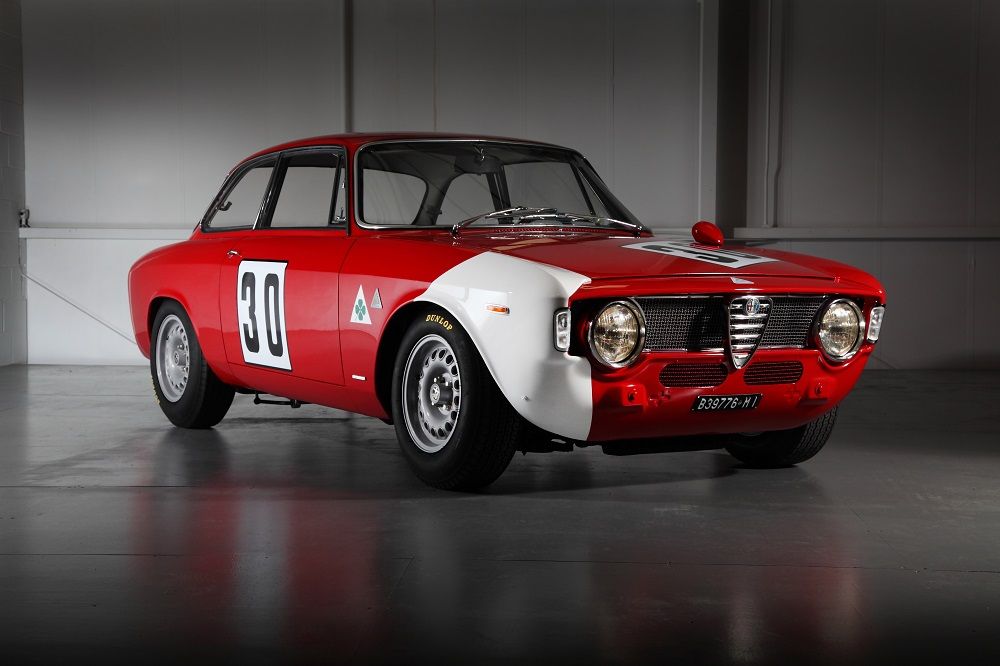
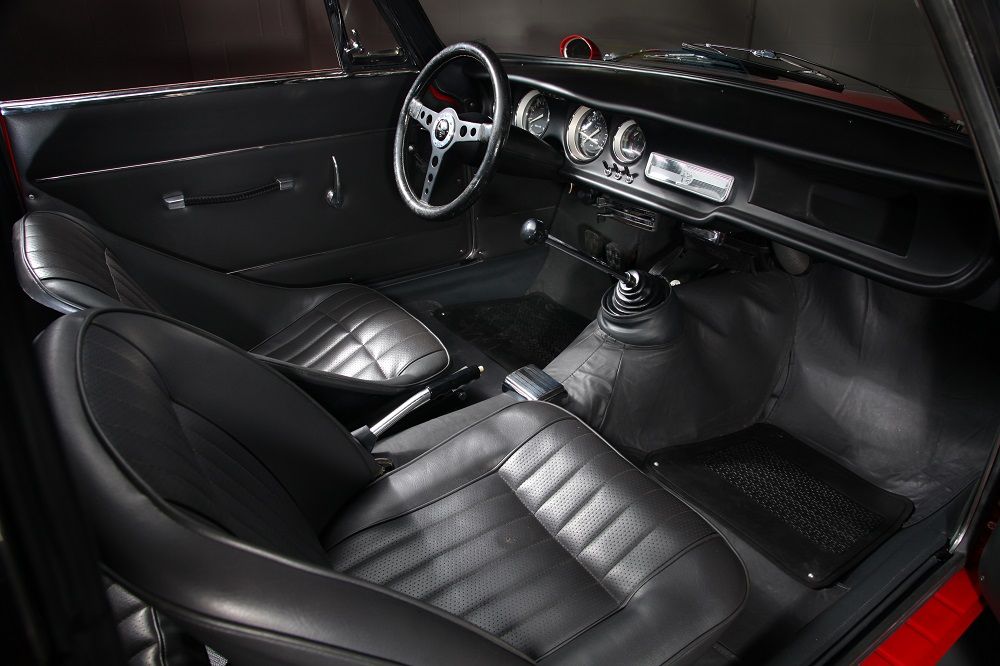

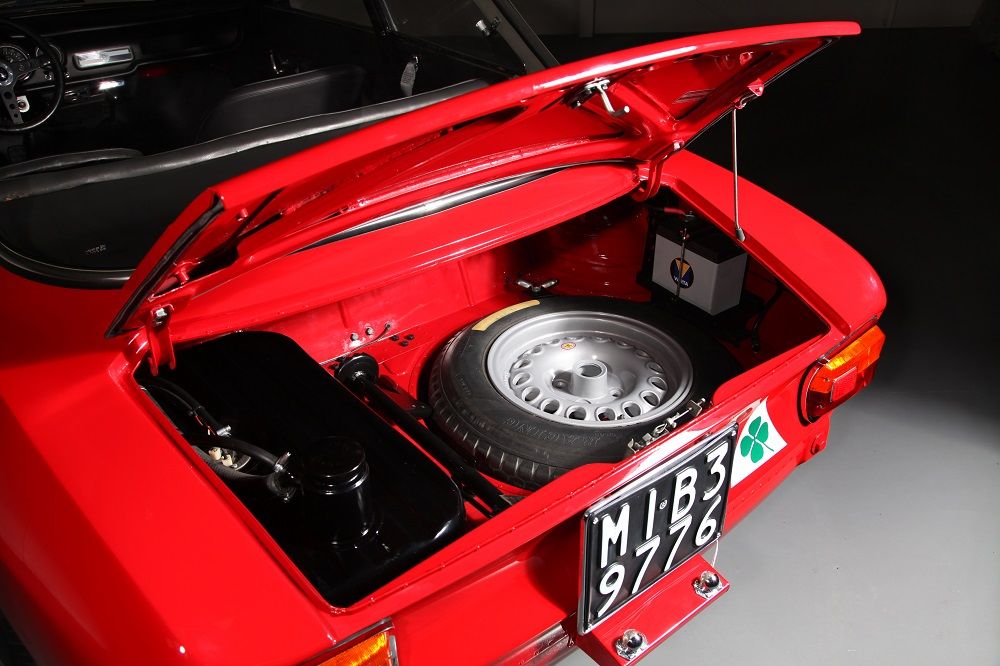

An original Autodelta GTA Corsa restored by Alfaholics. Credit: Alfaholics
With racing suspension, rear wheel drive, and magnesium components absolutely everywhere, it was enough for serious track performance back in the day and good for 114 mph. Triple the cost of a regular car at the time, the GTA quickly became a familiar sight in road race competitions and rally stages across Europe. Today development houses like Alfaholics keep the Series 105 flame burning, churning out performance parts and upgrades for this quintessential pocket rocket.
1900 C52 Disco Volante
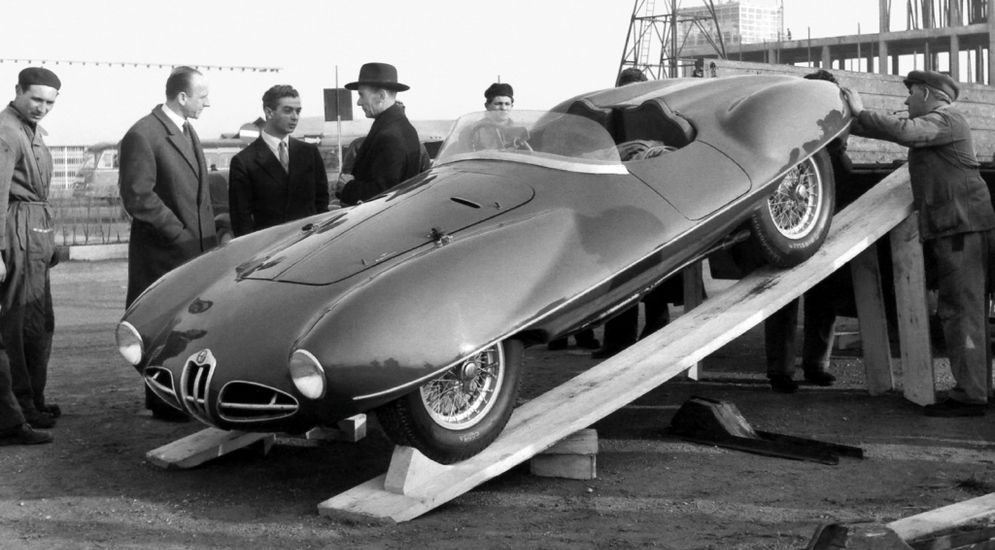
The early 1950s were a tough time for Alfa Romeo. With cash problems forcing their retirement from Formula 1 despite winning the World Championship, Alfa’s competition department decided that a racing car targeting amateurs preparing for Le Mans and the Mille Miglia would be a worthy last throw of the dice. The C52 was based on the mechanics of the Alfa 1900, wrapped around a tubular space frame; its most distinctive feature however was its bodywork.
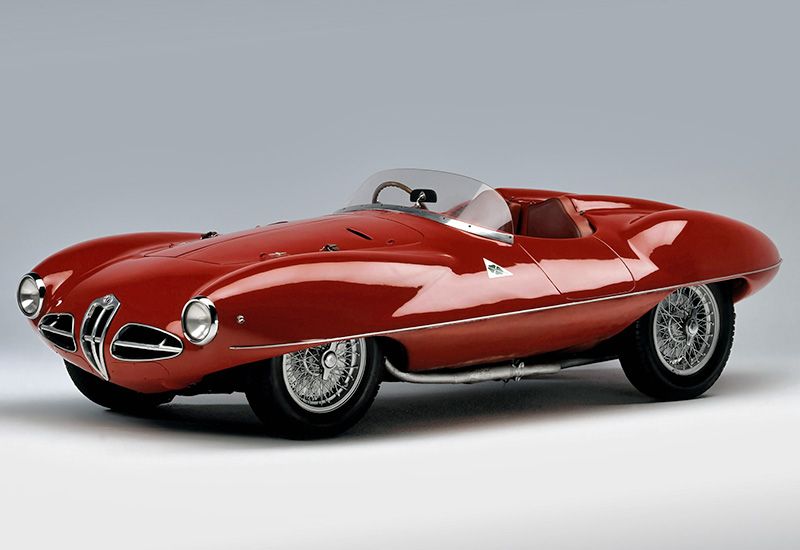
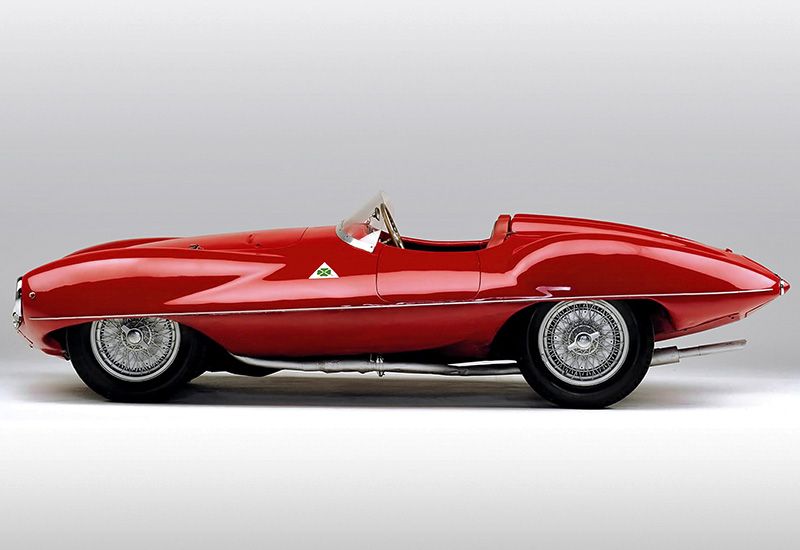

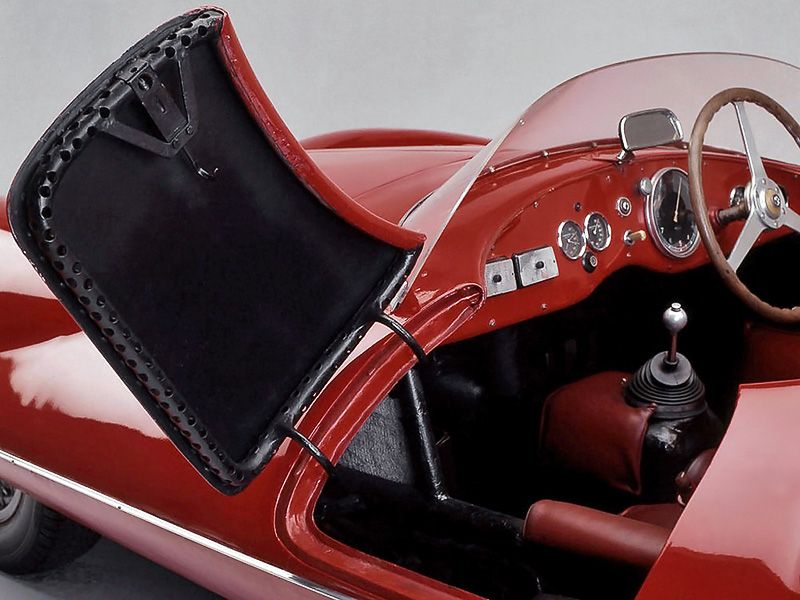

Source: Coachbuilt.com
Built by Carrozzeria Touring, and developed through extensive wind tunnel testing, it gave the C52 a top speed of 140 mph and the nickname of the ‘Flying Saucer’ (and appropriately, the driving position was alien to say the least). Three cars were originally built, one given a fixed roof and another given conventional wings (known as the fianchi stretti or ‘narrow hips’). Some say the coupe looks like a far more voluptuous Jaguar E-Type; we say just give us the keys!
Tipo 33 Stradale
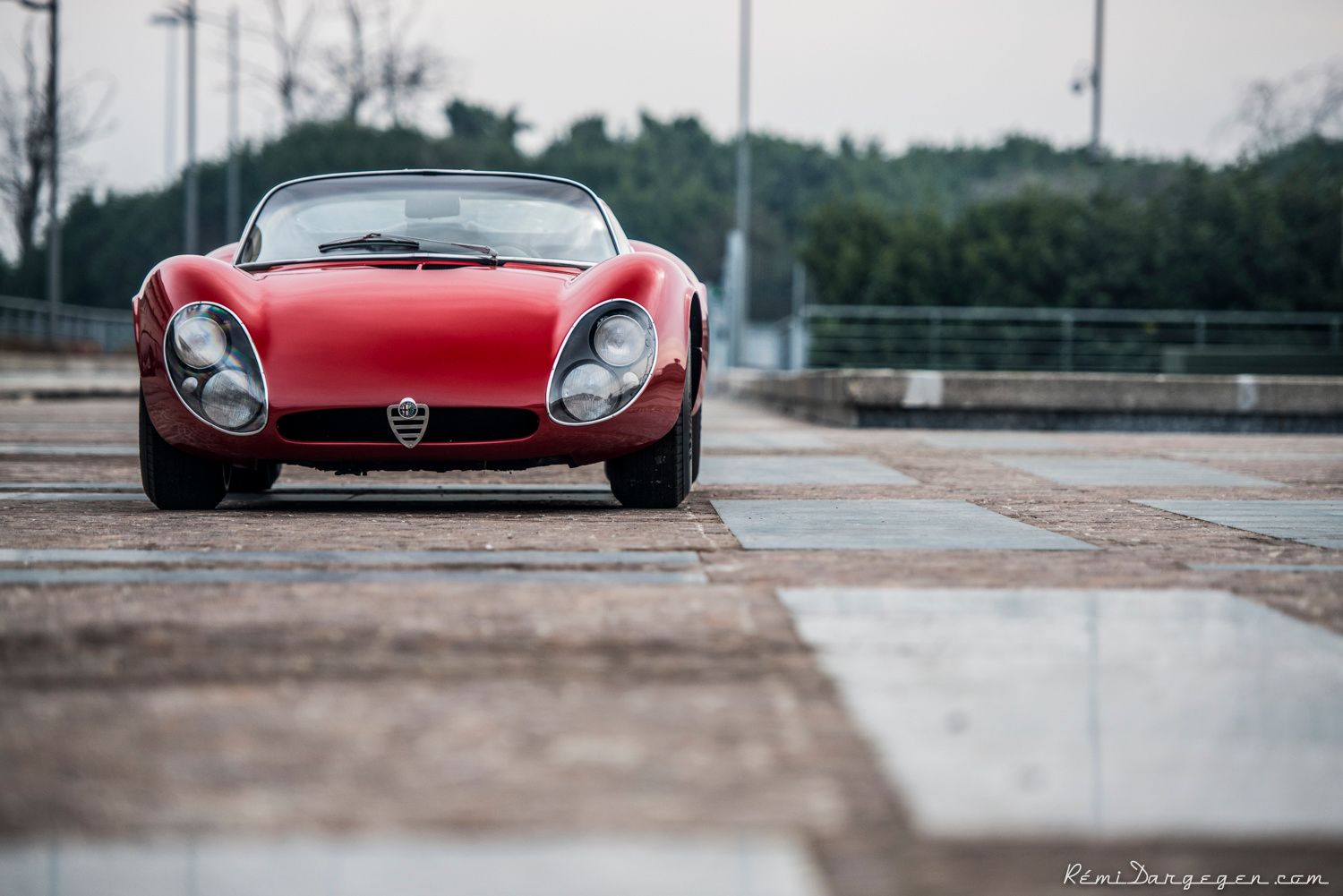
With the 1967 33 Stradale, Franco Scaglione created one of the most attractive cars ever made. Yes, the Tipo 33 racing car is a joy to behold, but the 33 Stradale’s more artistic, refined bodywork makes it that little bit more special. From the dihedral doors (the first on a production car) to the 13” Campagnolo wheels, the powerful rear haunches and the generously proportioned headlight enclosure, almost everything about the car is an exercise in simplicity and beautiful design.
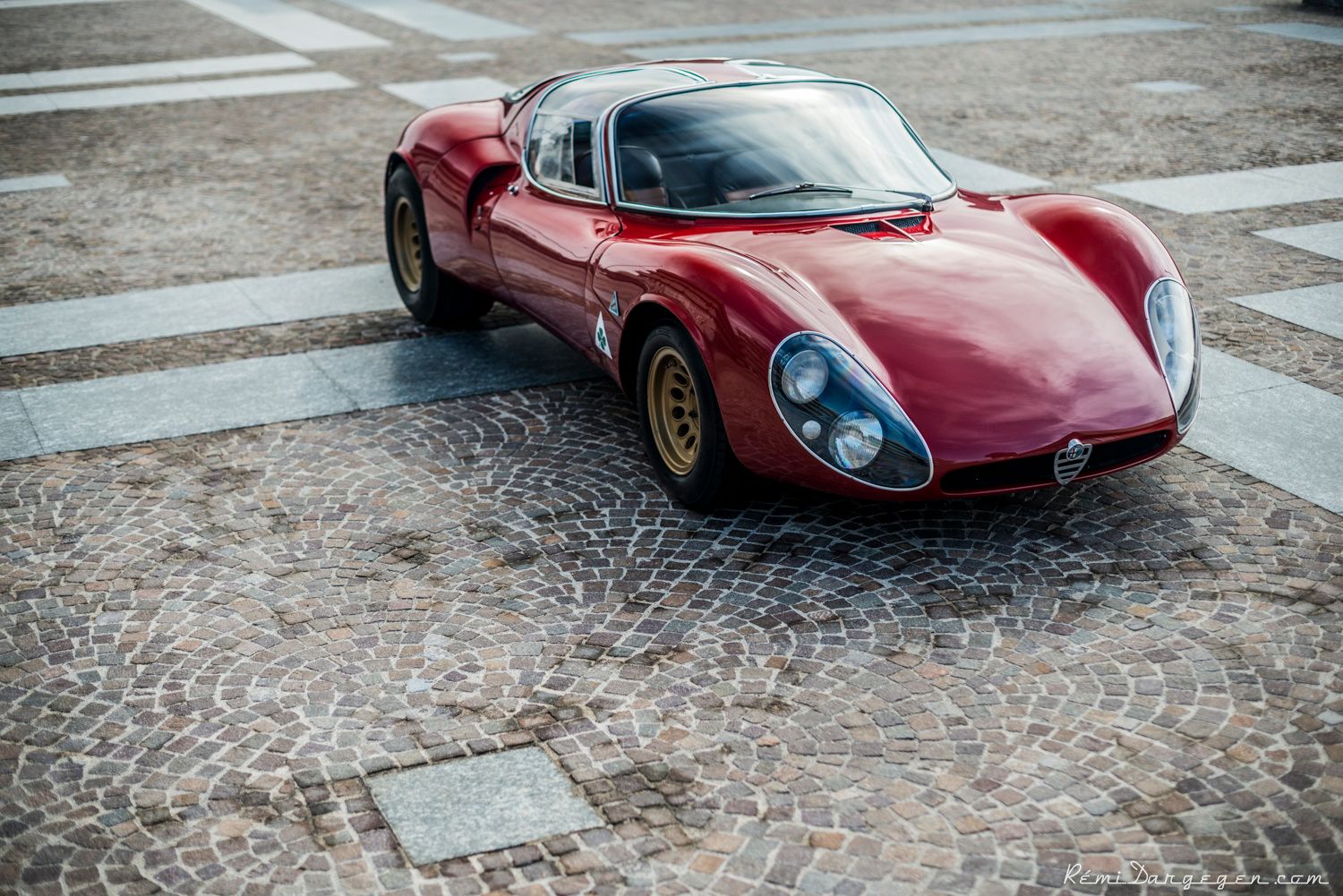




Credit: Remi Dargegen Photography
Under the engine cover sits a Carlo Chiti-designed flat-plane V8 with SPICA fuel injection, derived directly from the successful Tipo 33 competition car. It really is the essence of a supercar distilled. Only 18 examples were made, each one different to a small degree as a result of their handbuilt nature. When you talk about race cars for the road, it doesn’t get more striking than this.
SZ (Sprint Zagato)
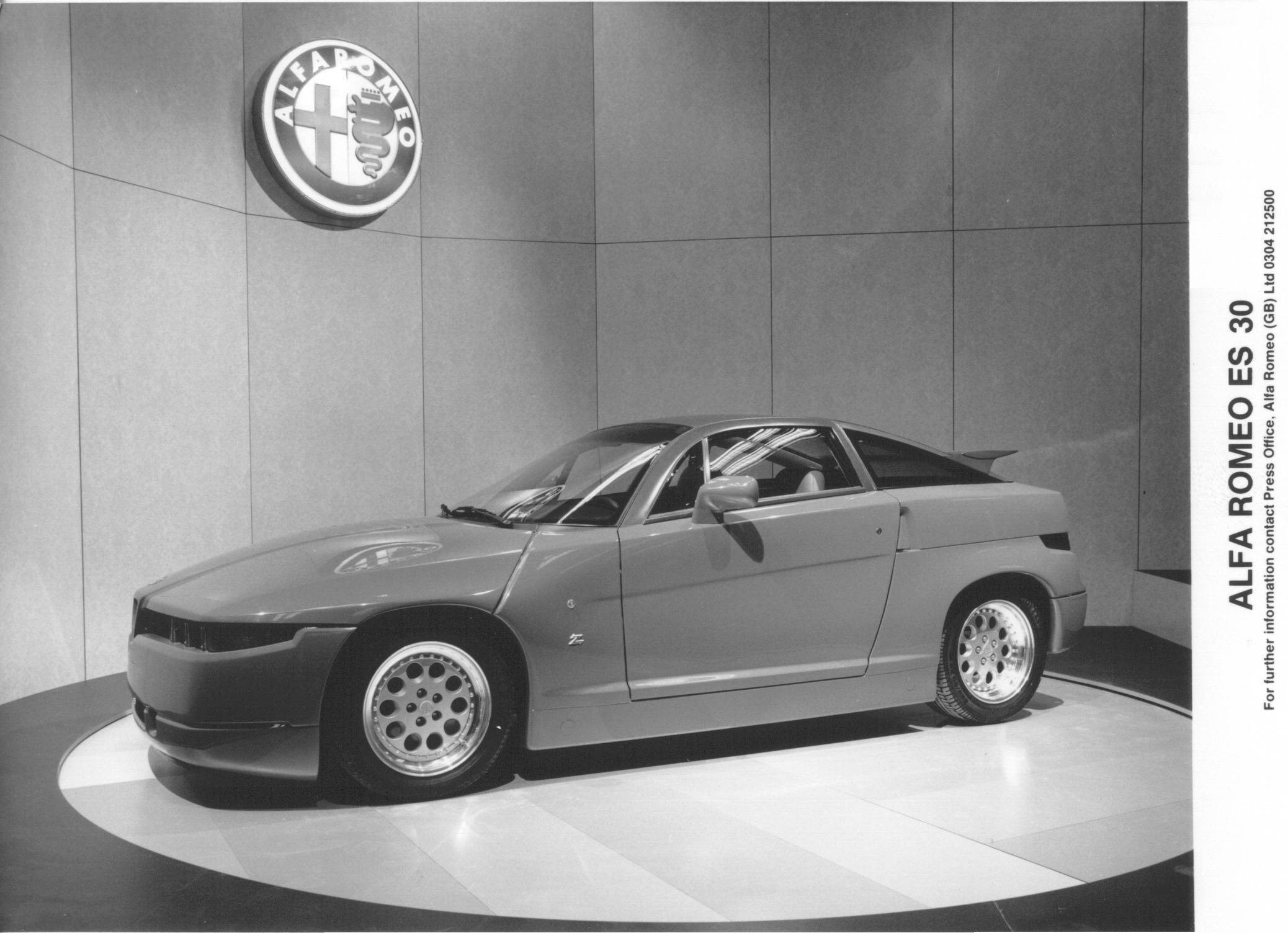
They called it ‘Il Mostro’, the monster. When the ES30 design study was shown at the 1987 Geneva Motor Show, the motoring press were taken aback by the brutalist, blocky design presented by the triumvirate of Centro Stiles: Zagato, Fiat and Alfa Romeo. Designed with heavy use of emerging computer technologies (which perhaps explains the aesthetics) and composite materials, the SZ was based on the Alfa Romeo 75 Group A touring car, with a 3.0l V6 ‘Busso’ engine mounted longitudinally, sending power to the rear wheels.

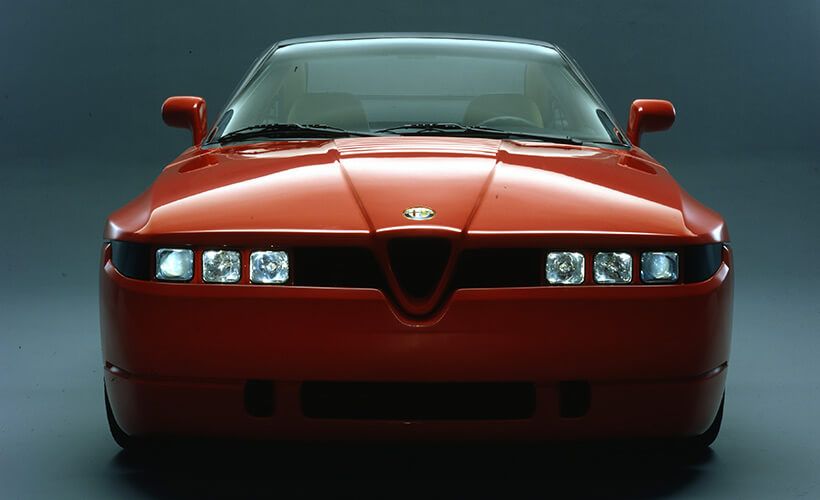
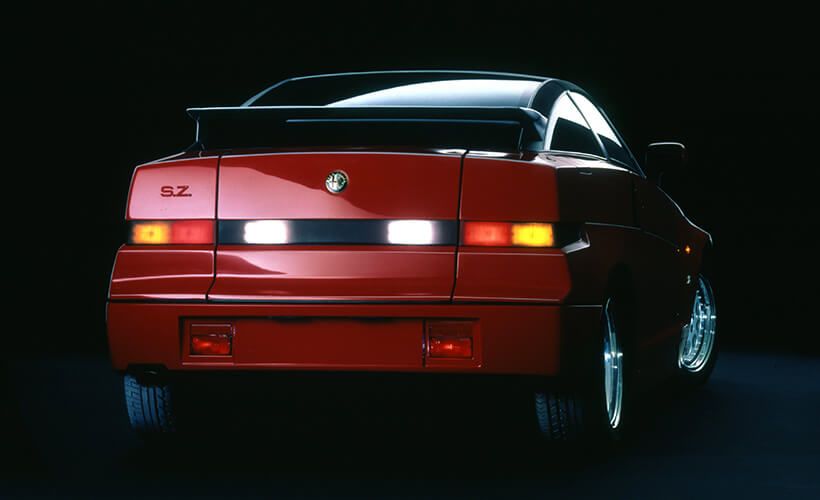
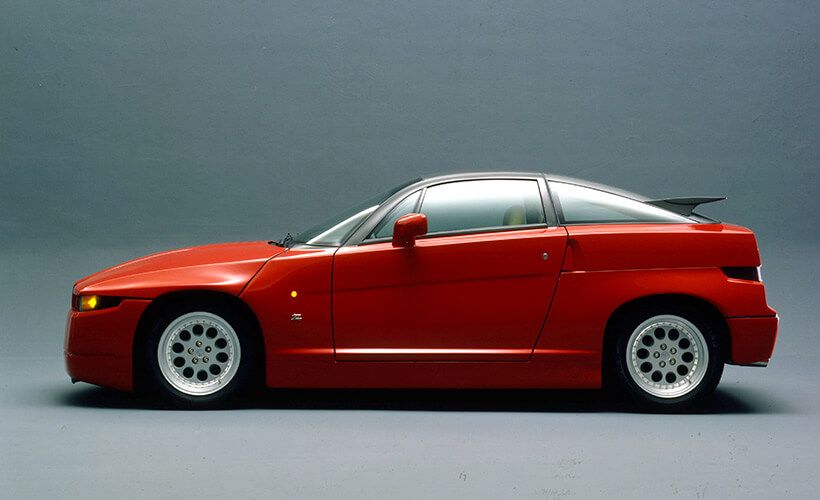
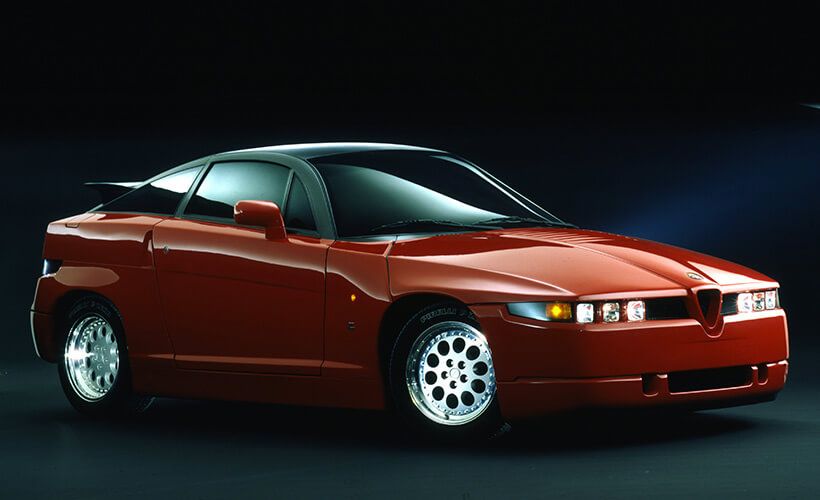
Source: FCA Heritage
While the driving dynamics were perhaps not as revolutionary as the design, nobody would disagree that the V6 sounded excellent. Priced at over £5k more than a Lotus Espirit Turbo at the time, sales were muted in the UK to say the least, with only 100 examples hitting the road. The popularity of the SZ has grown over the years however, not least because it seems to be the polar opposite of what you’d expect a modern classic Alfa Romeo to look like!
155 V6 TI

If you look closely at the original 1910 Alfa Romeo crest, you'll see the grass snake of the Milanese Visconti family eating a small human. The feeling must have been familiar for DTM competitors in the early 1990s as they came up against the powerhouse of Giorgio Pianta’s Alfa Corse team, fielding the 155 2.5 V6 TI. Taking advantage of DTM’s lax tuning rules, Alfa Romeo deployed a monster car sporting a heavily tuned V6 revving to 12,000 rpm and producing 420bhp. The longitudinally mounted engine allowed for the 4wd system from the Lancia Delta HF Integrale to be fitted, and the 155 TI also featured a huge number of sophisticated components including a tubular space-frame roll cage and body shell so thin that mechanics had to take care not to lean on it too much!
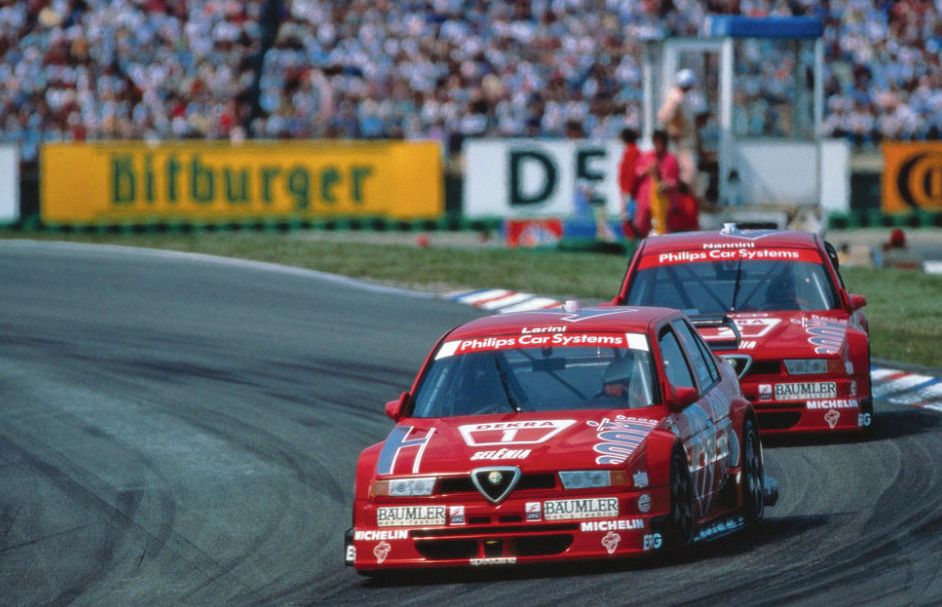
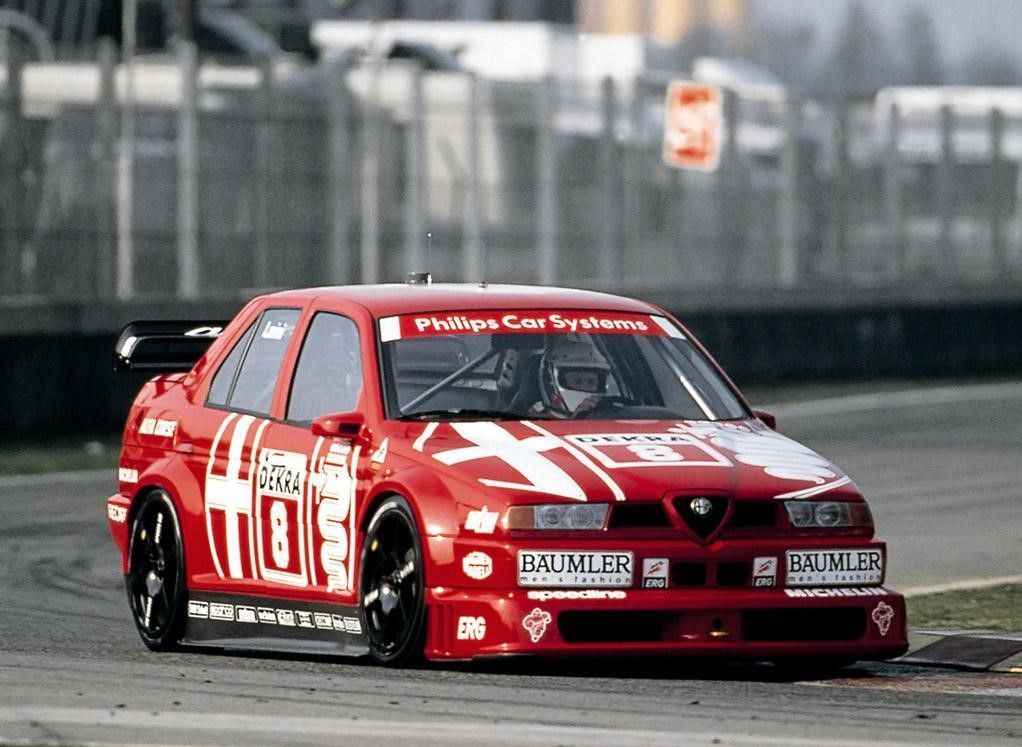
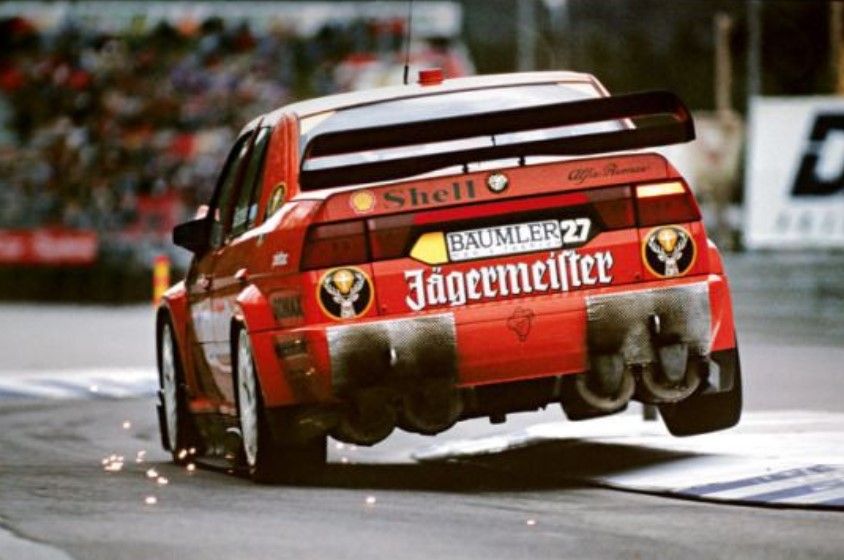
Credits: unknown

Huge power and light weight (1040kg) led a dominant Nicola Larini to take ten wins in twenty starts in the 1993 season, kept honest only by the Mercedes-Benz team. Throughout the mid 1990s, the 155 TI continued to be a serious competitor, constantly updated to keep pace with the Class 1 touring car regulations. We love its combination of saloon looks and supercar performance - and of course the exhaust note, rivalled only by the best of Formula 1.

